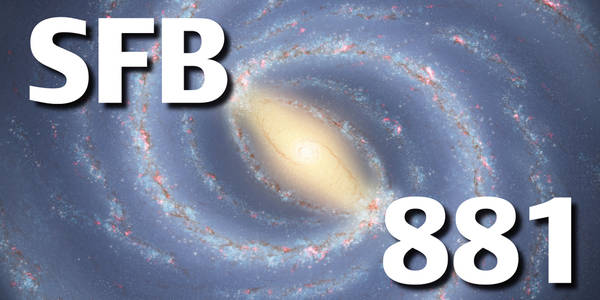
Most of the available atomic data products were compiled in the 1980s and 90s.
At this time, few elemental abundances could be measured explicitly in stars and
computations for modeling spectra were restricted to less than a handful of elements.
With increasing computational power and the advent of high-resolution
spectroscopy, both the available resources as well as the necessities have grown
tremendously. Whether in stellar structure, atmospheres, or nucleosynthesis, modern
astrophysical research relies heavily on atomic data products. The fates
of stars and the abundances and chemical yields we use to interpret our Milky
Way System are shaped by calculations and measurements that are more and
more known to be incomplete. With this workshop, we aim to address an often
overlooked, but fundamental topic of modern astrophysics: The calculation, measurement,
and application of atomic data products.
By bringing together suppliers and users, we want to learn about the strengths
and weaknesses of the currently available data products and their applications.
Topics for talks and discussions include:
- Current status of theoretical atomic data
- Laboratory measurements of atomic data
- Impact of atomic data to our perception of the Milky Way System
- Dos and Don'ts in handling existing atomic data
- What new type of data is needed and how can we obtain these?
(Calculations and Lab Measurements)
This workshop is funded by the
SFB 881 ("The Milky Way System")
SFB 881 ("The Milky Way System")
